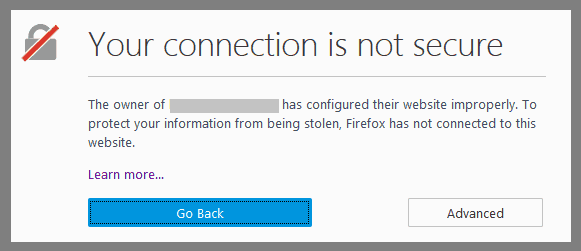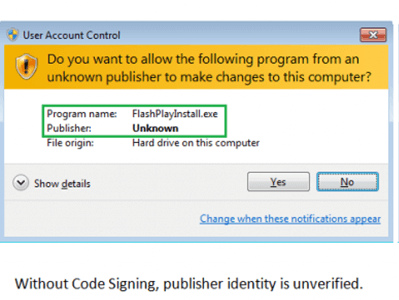Want to know the difference between the Code signing certificate and SSL certificate? Here’s how to differentiate SSL certificate and Code signing certificate.
When you develop any computer software or website and start thinking about its security, you come across several different security products and services. The two most popular products among them are SSL Certificates and Code Signing Certificates.
However, when you’re new to the field of IT field, there’s a good chance that you may not know the difference between both. Heck, you may not know even their purpose. But don’t worry, because we’ve got you covered.
In this article, we’re going to tell you in brief about both SSL Certificate and Code signing certificates, and about the difference between both. So, let’s get started with brief definitions of both:
SSL Certificates
SSL Certificates help visitors in determining that the website they’re visiting is genuine. If an SSL certificate does not secure a website, the information being sent by its visitors can be stolen by a cybercriminal through a Man-in-the-Middle (MITM) attack. A MITM attack is carried out by creating a clone of the website that someone is visiting.
SSL certificate helps in preventing that by verifying the identity of the site to which data of the user is being sent. If the identity of the website is verified with a valid SSL certificate, then the website is secured; otherwise, the user is shown a warning screen like the one shown below:

On the other hand, when the certificate of the website has been verified, a green padlock sign appears before the URL of the site. You can see its example below:

So that is the purpose of SSL certificates – sending user data only if the identity of the website has been verified. And even after successful verification of website identity, the data is sent only after being encrypted.
Code Signing Certificates
Just as SSL certificates help people in validating the identity and integrity of websites they’re visiting; code signing certificates help them verify the genuineness of software they’re installing.
Software signed with a valid code signing certificate is installed smoothly, while a software not signed with proper code signing certificate will result in a security warning being shown before the user can install it. You can see the warning of software with unsigned code signing certificate below:

On the other hand, when the certificate of software has been verified, the message shown on the screen looks something like this:

As you can see, the verified publisher identity revealed in the success message includes the name of the company from which the software was downloaded. This helps the user ensure that he/she is installing the original software. It assures that the code since signed of software has not been changed.
On the other hand, when the name of the software company doesn’t appear in the verified publisher column, the user can avoid installing that software as it may be a compromised version of the original program.
Difference Between SSL and Code Signing Certificates
Now when you know about both SSL and Code signing certificates, you might also have got a basic idea of how they’re different. But for more clarity, the critical differences between both are given below:
⮚ SSL certificates are developed for websites, while code signing certificates are developed for executable programs. For example, if a software company XYZ Inc. obtains a new SSL certificate from Thawte, they can use it for securing their website.
On the other hand, if the same company receives a Thawte code signing certificate, that certificate can be used to protect the various downloadable programs of the company.
⮚ Website owners use SSL certificates. Code signing certificates, on the other hand, are used by software developers.
⮚ The SSL certificates start with minimal price. Price of code signing certificates is slightly high compared to SSL certificate.
⮚ SSL certificates come in three types: Domain Validation (DV), Business Validation (BV) and Enterprise Validation (EV). Code signing certificates, however, come in BV and EV formats only.
⮚ When an SSL certificate expires, the browser shows warning while on the other hands, the developer already added a timestamp so the digital signature will remain active.
⮚ SSL certificates are made for data transfer, and therefore, they encrypt the data before starting to transfer it over the network. Code signing certificates, on the other hand, are developed only for verifying the genuineness of downloaded program code, so they don’t encrypt the software.
Conclusion
So that is the difference between SSL certificates and code signing certificates. If you were not aware of the difference between both (Code signing certificate vs SSL certificate) then now, you’re so that you can make the right choice according to your needs.
Many of the certifying authorities (CAs) that issue SSL certificates are also in the business of issuing code signing certificates, so there’s a good chance that if you want to get any of these certificates, then you’ll have to approach the same CAs.
Some popular CAs include Symantec, Thawte, and Comodo. You can get your desired certificate(s) from any of them.
You might also like to know: How to Fix Error “Your connection is not private” in Chrome